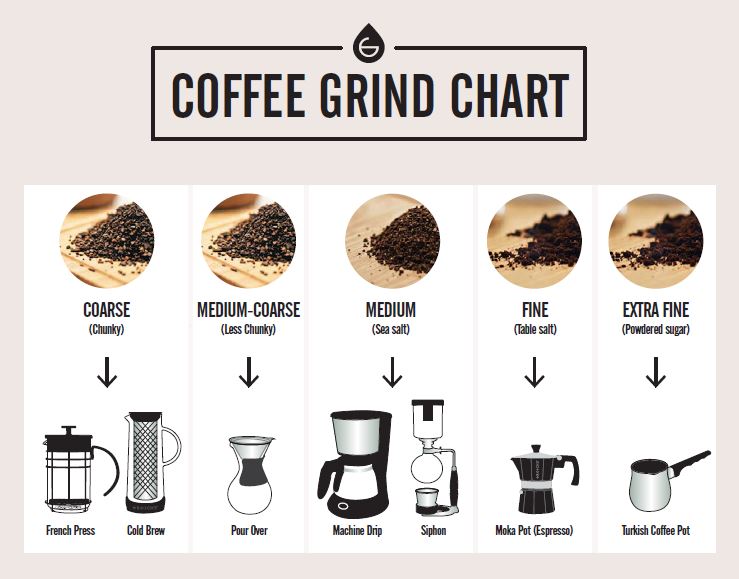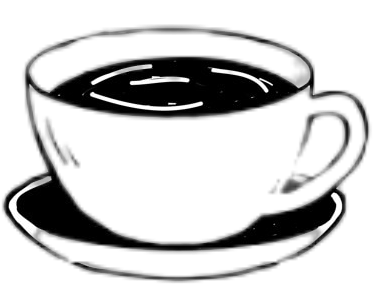When it comes to brewing espresso at home, the grind size plays a crucial role in achieving that perfect shot. A proper grind not only enhances the taste and aroma of your espresso but also ensures consistency across each cup. Whether you are a seasoned home barista or a beginner, understanding the significance of grind size is vital for a superior espresso experience. In this article, we’ll explore the importance of grind size, how to find the perfect grind for your espresso machine, and tips to fine-tune your process for the best results. Discover the innovative features in the DeLonghi Magnifica Evo review
The Importance of Grind Size in Espresso Preparation
Grind size is the key to a successful espresso shot. The way coffee grounds interact with water during extraction directly influences the flavor, strength, and consistency of the espresso. For espresso, the grind should be fine, like the texture of beach sand, ensuring that water can extract the flavors efficiently without being too quick or slow. Adjusting the grind is often the simplest solution when your espresso lacks balance, whether it tastes too sour, bitter, or inconsistent. Learn about the timeless design in the DeLonghi Magnifica S review
Understanding Espresso Extraction: Why Grind Size Matters
In espresso brewing, the process of extraction refers to how water dissolves the flavors from the coffee grounds. This extraction is heavily influenced by the size of the coffee particles. If the grind is too coarse, water passes through the grounds too quickly, resulting in under-extraction, which leads to a weak and acidic shot. On the other hand, if the grind is too fine, water struggles to flow through, causing over-extraction. This results in a bitter and harsh taste, overwhelming the natural flavors of the coffee. Explore our top picks in the Best Automatic Espresso Machine review
Finding the Right Grind for Your Espresso Machine
Espresso requires a fine grind that resembles the consistency of sand. To get the right grind size, aim for a texture that is finer than table salt but coarser than flour. When rubbed between your fingers, the grounds should feel smooth yet slightly gritty. Find the perfect machine to beat the heat in the Best Iced Coffee Maker review
Burr Grinders: The Key to Consistent Grind Size
Investing in a burr grinder is essential for achieving uniformity in your grind. Unlike blade grinders, which tend to produce uneven particles, burr grinders crush the coffee beans consistently between two burrs, ensuring even extraction. This consistency is crucial for the balanced taste of your espresso. Dive into the best options for making lattes in the Best Latte Maker review
Blade grinders, on the other hand, can lead to inconsistent grinds, resulting in an unpredictable extraction. By using a burr grinder, you can adjust the grind size to match your specific espresso machine and ensure optimal results every time.

How to Adjust Grind Size for Perfect Espresso Shots
Each espresso machine has unique characteristics, and the grind size may need to be adjusted depending on the specific model. One way to gauge whether your grind is correct is by monitoring the timing of your espresso shot.
- Under 20 seconds: The grind is too coarse.
- Over 30 seconds: The grind is too fine.
- Between 25-30 seconds: The grind is just right, delivering a balanced shot with ideal flavor extraction.
Aiming for a brew time in the 25-30 second range is typically the sweet spot for a well-rounded espresso that features a harmonious blend of bitterness and sweetness.
Adjusting Grind Size for Different Beans and Roasts
The type of coffee beans and their roast levels also play a role in determining the ideal grind size. Different beans and roasts require slight modifications to the grind for optimal flavor extraction:
- Dark Roasts: These beans are usually ground finer to extract the bold, rich flavors and chocolatey undertones.
- Light Roasts: A slightly coarser grind works best to highlight the brighter, fruitier, and floral notes of the coffee.
By experimenting with grind sizes based on the beans you are using, you can unlock the full potential of each roast and craft a more personalized espresso experience.
Essential Tips for Consistent Grind Quality
Achieving consistent and high-quality espresso involves more than just selecting the right grind size. Here are some best practices to ensure the best results:
- Use Fresh Coffee Beans: Freshness is crucial in espresso brewing. Coffee beans begin to lose their flavor shortly after roasting, so it’s best to use them within two weeks for maximum freshness and flavor.
- Measure Your Coffee Grounds: To maintain consistency, always measure the amount of coffee you use. A standard double shot of espresso requires 18-20 grams of ground coffee. This helps ensure uniformity and accurate extraction.
- Tamp Evenly: Tamping ensures that the coffee grounds are compacted evenly in the portafilter, which promotes uniform extraction. An uneven tamp can cause water to flow through certain areas too quickly, leading to an imbalanced shot.
- Grind Just Before Brewing: For optimal freshness, grind your coffee right before brewing. Pre-ground coffee loses flavor quickly and doesn’t offer the same quality as freshly ground beans.
The Art of Fine-Tuning Grind Size for Your Preferred Flavor
One of the joys of making espresso at home is being able to adjust the grind to suit your personal preferences. Here’s how small changes to the grind can affect the flavor:
- Finer Grinds: These tend to extract deeper, more intense flavors and are ideal for dark roasts.
- Slightly Coarser Grinds: Coarser grinds bring out the brighter, more delicate flavors in lighter roasts.
Experimenting with grind size and tasting the results will help you discover the grind that best complements your preferred flavors, offering a truly custom espresso experience.
Common Espresso Grind Mistakes to Avoid
As you perfect your grind size, be mindful of these common errors that can undermine the quality of your espresso:
- Grinding Too Early: Ground coffee loses flavor rapidly. Always grind just enough for each shot to ensure maximum freshness.
- Using a Blade Grinder: Blade grinders produce uneven coffee grounds that result in inconsistent extraction. Investing in a burr grinder will deliver more reliable and consistent results.
- Neglecting Grinder Maintenance: Over time, grinders accumulate oils and ground coffee residues. Regular cleaning, at least every 1-2 weeks, will help maintain your grinder’s performance and ensure a clean, flavorful shot.
- Ignoring Roast Dates: Even the perfect grind can’t make up for stale beans. Always check the roast date on your coffee and use beans within two weeks for the freshest and best-tasting espresso.
Troubleshooting Grind-Related Espresso Issues
If your espresso isn’t turning out as expected, here are some troubleshooting tips:
- Sour or Weak Espresso: The grind is too coarse. Try adjusting it to a finer setting.
- Bitter or Overpowering Espresso: The grind is too fine. Adjust to a coarser grind to balance the flavor.
- Inconsistent Flow: If the flow is too fast, the grind is too coarse; if it’s too slow, the grind is too fine. Aim for a smooth, steady flow for the best extraction.

Final Thoughts: Perfecting Your Espresso Grind for Consistent Results
Grind size is one of the most important factors in creating exceptional espresso at home. Although achieving the perfect grind may take some time and experimentation, the rewards are immense. With fresh beans, a burr grinder, and the right adjustments, you can consistently create espresso that rivals any café. Remember, espresso-making is both an art and a science, so with patience, practice, and small adjustments, you’ll be able to pull shots that showcase rich flavors and perfect balance.
Frequently Asked Questions About Espresso Grind Size
- Q: What is the best grinder for espresso?A: A burr grinder is ideal for espresso, ensuring a consistent grind size that’s essential for even extraction.
- Q: How can I tell if my grind is too coarse or too fine?A: If your espresso shot brews too quickly (under 20 seconds), your grind is too coarse. If it takes more than 30 seconds, it’s too fine. Aiming for a brew time between 25-30 seconds will give you the best results.
- Q: Can I use pre-ground coffee for espresso?A: Pre-ground coffee loses flavor quickly and may not be suitable for espresso. Freshly ground beans are always the best option.
- Q: How often should I clean my grinder?A: Clean your grinder every 1-2 weeks to remove coffee oils and residue, maintaining the grinder’s performance and the quality of your espresso.
- Q: Should I adjust the grind size for dark vs. light roasts?A: Yes, dark roasts usually require a finer grind, while light roasts benefit from a slightly coarser grind to preserve their complex flavors.
